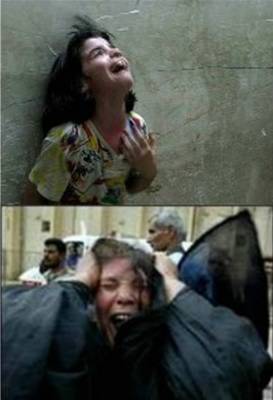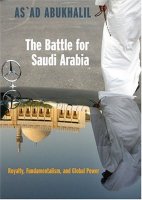"Mr Rotbard chips away at the façade of his birthplace. He describes how Tel Aviv supplanted Jaffa’s Arab-owned orange groves, and goes on to explain how, in the violent birth of Israel in 1947-48, Jewish paramilitary fighters overpowered and subsequently largely levelled the city from which it had sprung. His tale of Tel Aviv’s growth from a Jaffa suburb founded in 1909 to a metropolis whose population grew 20-fold in the 1920s is gripping.
Its inhabitants, he writes, were for the most part adolescent Jewish men who were no less ideological than today’s settlers. Even their methods were often the same. Their fortified outposts interrupted Arab contiguity. Their first bypass, Allenby Street, today a spine through the city, ran around Jaffa’s perimeter. It gave Tel Aviv access to the sea, but also reduced Jaffa to an enclave that was in effect cut off from its Palestinian hinterland.
In November 1947 the UN published its plan for dividing Palestine into an Arab and a Jewish state. Jaffa was made a Palestinian island within Jewish boundaries. In the fighting that followed, paramilitaries commanded by Menachem Begin, a Tel Avivan who later became Israel’s prime minister, rolled barrel bombs down the alleyways into Jaffa’s cafés and fired mortars into residential districts. By the time Israel declared independence on May 14th 1948, prompting Arab armies to move in, Jews had chased Jaffa’s Arabs out of the city, leaving less than a 20th of the population behind. Many were forced to escape by sea. For the first time in 5,000 years, Mr Rotbard goes on, Jaffa “ceased to exist as an urban and cultural entity”. Much of the Arab medina was bulldozed and grassed over. Some monuments, including mosques and Crusader-era buildings, were preserved, but walking through Jaffa today you would never know that it had once been Palestine’s Arab economic and cultural centre.
Municipal officials treated Jaffa as a repository for institutions like the police headquarters, jails and rubbish dumps, as well as unpopular people such as migrant workers. Later, whole districts were paved and turned into car parks. “Cities like Hiroshima, Dresden and Berlin all suffered exorbitant damage during World War II but each emerged from the dust-clouds of conflict intact, even vibrant urban entities,” the author writes, whereas Jaffa, he claims, was eradicated like Troy."








